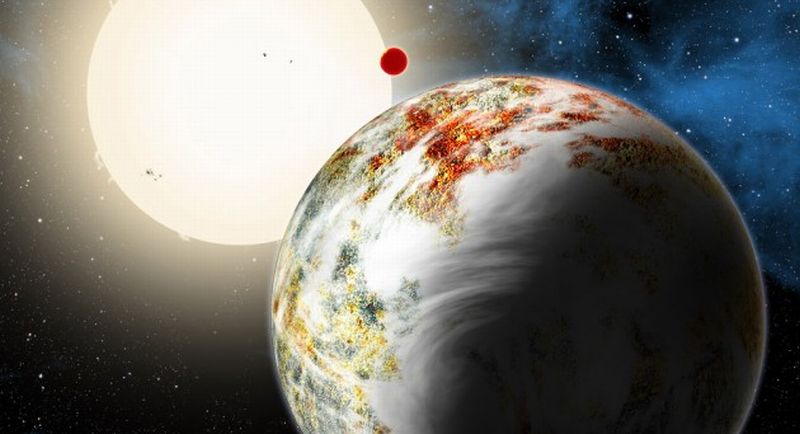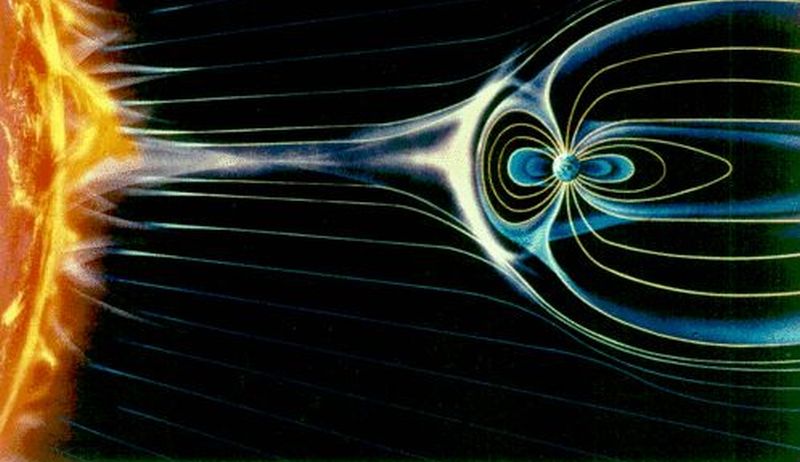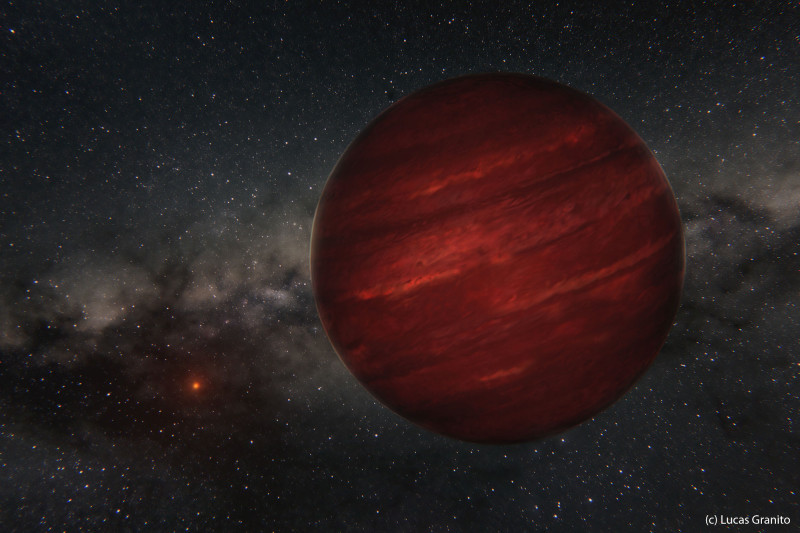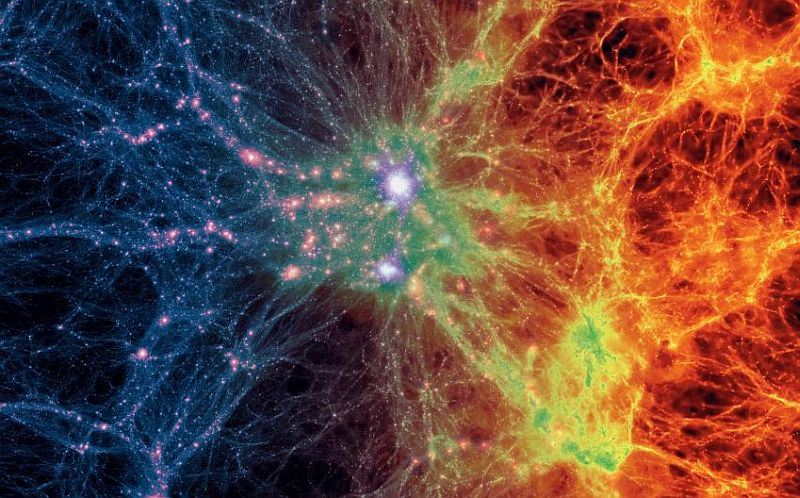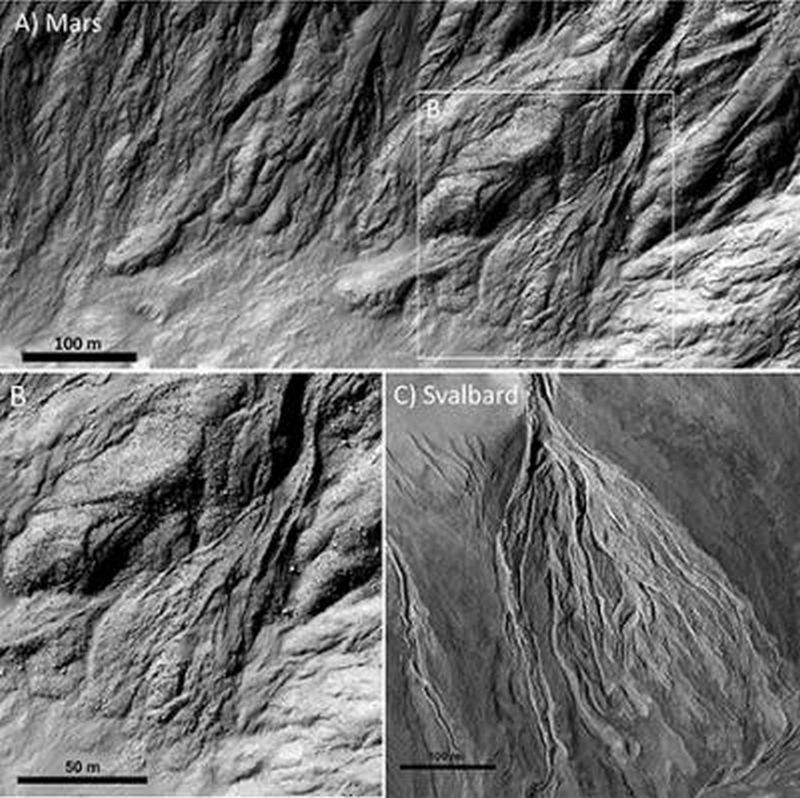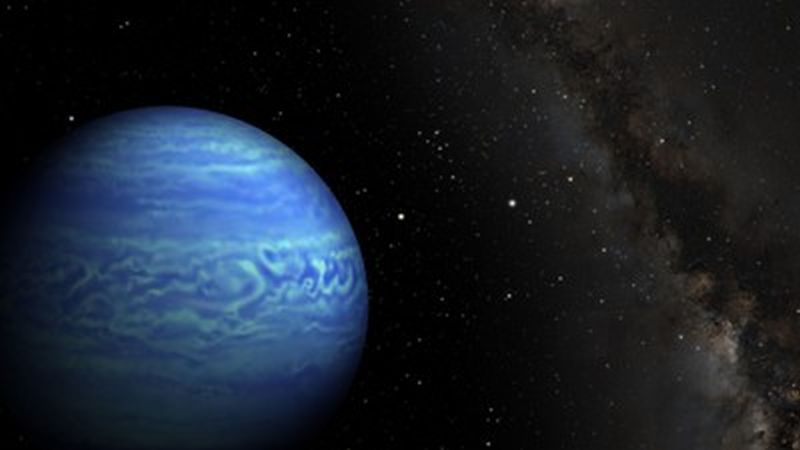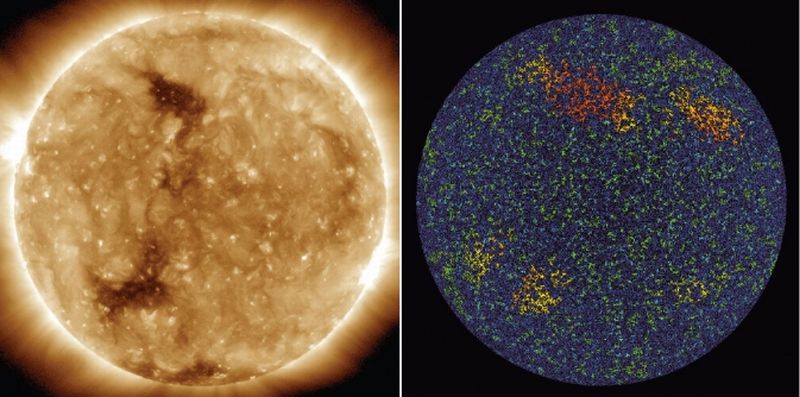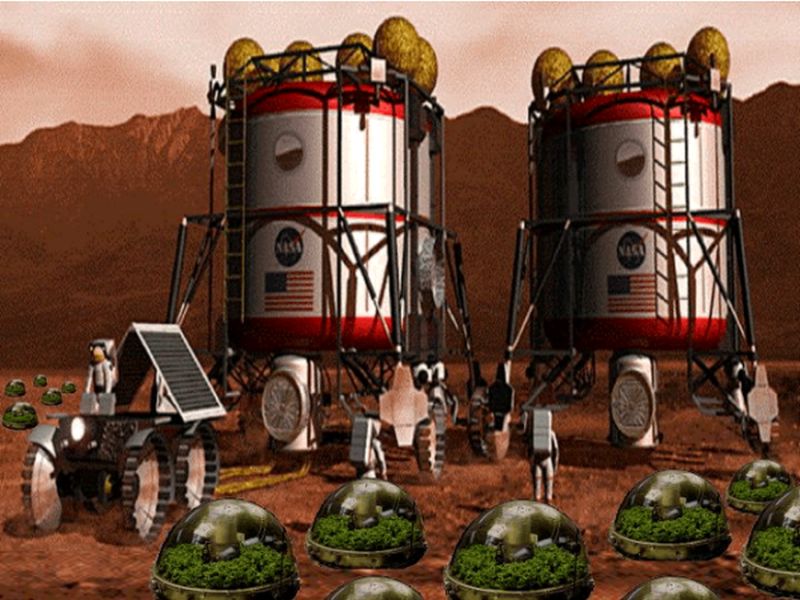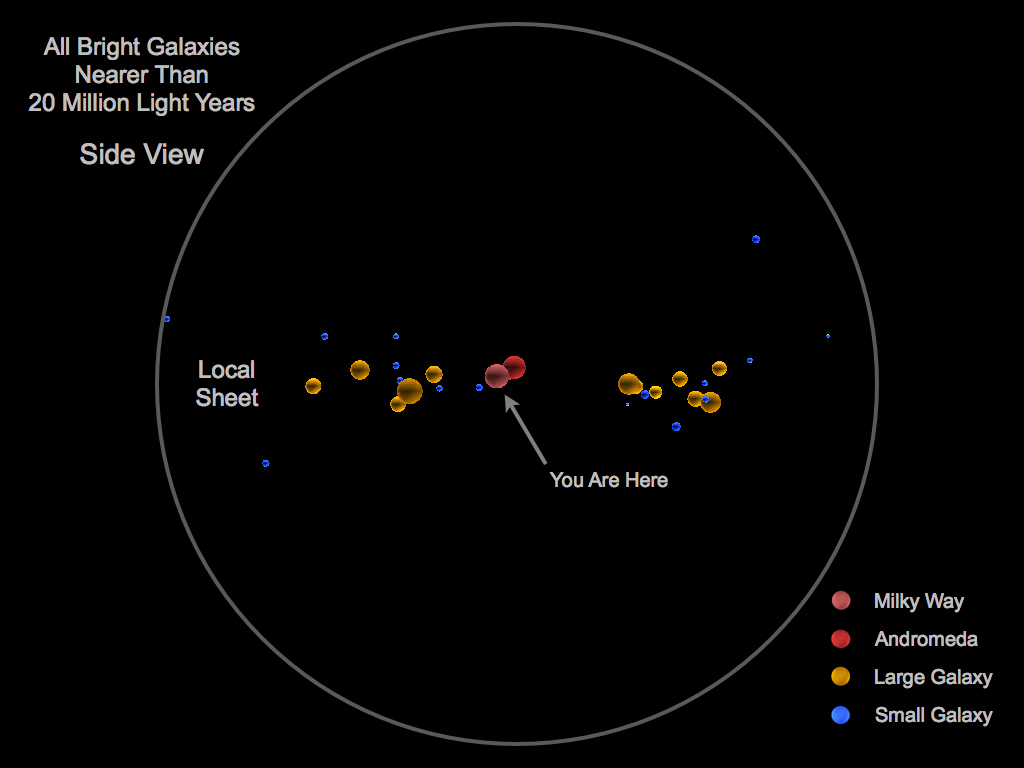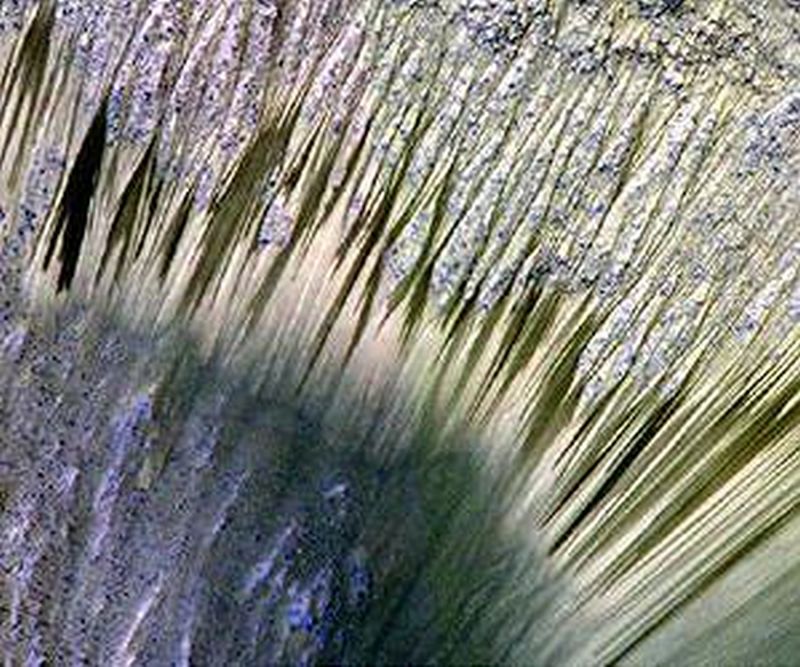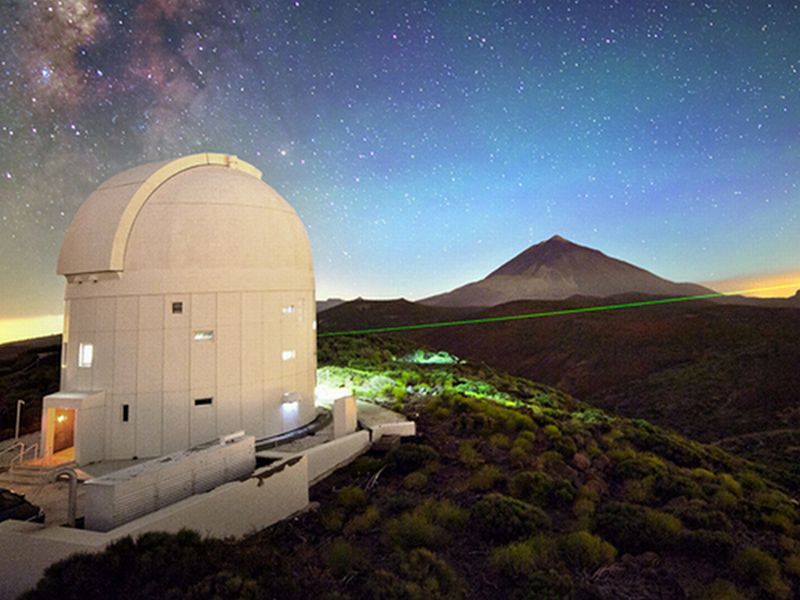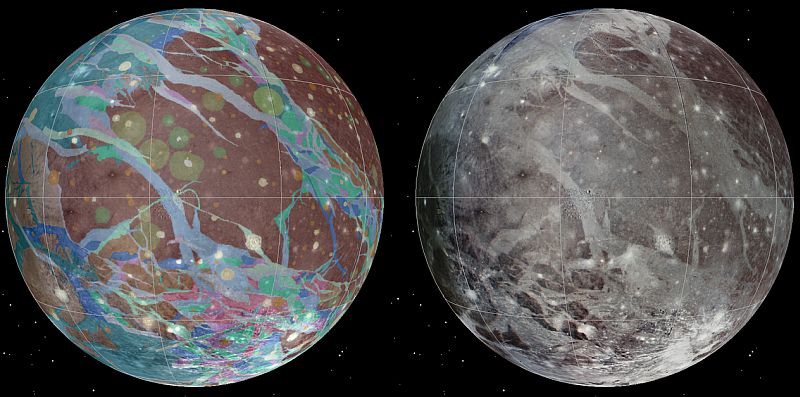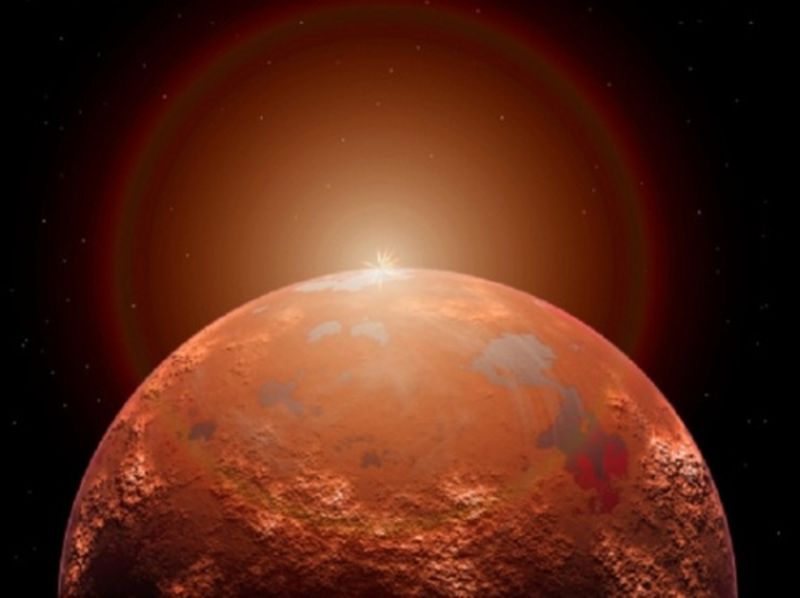Space scientists have discovered a new planet to which they call as “Godzilla of Earths”, maybe because of its rocky exteriors. The exoplanet weighs more than 17 times that of Earth. Until now researchers believe that the planet is all solid and is much gigantic with respect to previous discoveries of super-Earth, hence it falls into the casket of mega-Earth. Sasselov, one of the astronomers believe that Kepler-10c, the newly found mega-Earth, is high on probability with respect to implications for life.
Read MoreTag: space exploration
Augmentation of Cosmic Magnetic Flux by Turbulence: Interstellar Dynamics
Stellar physicists believed that escalation of interstellar space magnetic field could be an offshoot of the cosmic turbulence. Magnetic field pervades unanimously throughout universe however, there was no such thing around the beginning of Big Bang, which means the force has arisen from somewhere. In order to look for the answer, researchers at Rutherford Appleton Laboratory, UK simulated creation of supernova, a giant star with 60k billions times more powerful shafts, these rays were higher than the laser pointers. The study was based on identifying magnetic fields in the deposits…
Read MoreGU Psc b: Another Exoplanet Discovered Through Direct Imaging
Space scientists have discovered a new planet by collective observations from the Gemini Observatories, the Observatoire Mont-Mégantic (OMM), the Canada-France-Hawaii Telescope (CFHT) and the W.M. Keck Observatory. The gas giant is situated around GU Psc, in the constellation Pisces and is believed to be 3 times less massive than the Sun. The distance between the planet GU Psc b and its star GU Psc is approximately 2,000 times Earth-Sun distance. With this distance, it would take the planet nearly 80,000 Earth years to complete just one orbit around its star.…
Read MoreIllustris is New Time Machine: Simulation of the Realistic Virtual Universe
We know how our universe look today and we have pretty good idea as to how it looked before the things started taking shape somewhere around the Big Bang. But we have no idea how the galaxies evolve and what was before the Big Bang. In order to study this, researchers at the MIT have built a computer simulation, they have named it the Illustris. This simulation is so complex that calculating on single desktop might take 2k years alone and its volume comprises around 215m light years. Although there…
Read MoreLandforms on Mars: Recent Melt-Water and Debris Flow Activity in Craters
According to a recent study, researchers claim that Mars had liquid water, as recent as 200,000 years ago. In southern mid latitudes of Mars, a young crater has been discovered. Researchers say that this crater has well conserved gorge and debris of sediments created by flowing liquid water. The geomorphological feature of these formations furnishes evidence that the action of flowing water had created them in recent geological time.
Read MoreNewly Discovered Neighbor of the Sun: Chilly as the Earth’s North Pole
Kevin Luhman, an astronomer at Penn State University has discovered a star, “brown dwarf” that is around 7.2 light-years away. Currently it appears to be as cold as Earth’s North Pole and positioned at fourth rank with respect to the Sun. The space scientist claims that insights from the new system might helpful in knowing the atmospheres associated with cold temperatures on similar other systems. Like stars, the brown dwarfs initiate the same life cycle but during the collapse, they lack the mass that is required to burn the nuclear…
Read MoreBright Points in Solar Atmosphere: Gateway to Sun’s Roiling Interior
NASA’s Solar Dynamics Observatory (SDO) has been able to collect data regarding the depth of the shining star, bright spots in the solar atmosphere and the strings of magnetic signatures observed on the surface of Earth. With this data, space scientists will get a peek into the insights related to the real-time mapping of the sun’s roiling interior. These understandings will help them on converging the decade long investigations of its 22-year sunspot cycle and emission of solar flares. As per Scott McIntosh, one of the lead researchers, this data…
Read MoreGrowing Vegetables on Mars: Farming goes Extraterrestrial
After NASA’s attempt to grow plants on the moon by 2015, researchers are now trying to explore whether they can grow plants on the red planet as well. This research would be also beneficial for the Mars One project which is planning to make permanent human settlement on the planet.
Read More10 Unbelievably Startling Facts About Our Universe
From its acceleration to expansion to dark matter and energy, the Universe continues to consistently amaze and perplex our scientists & astronomers alike. From unimaginably gigantic to incredibly minute stuff, there’s an awful lot going around in this field we refer to as ‘existence’. The recent discovery made by the scientists working at the Large Hadron Collider, a place near Geneva, revealed a startling new fact about elusive Higgs boson particle. A lot of buzz surrounded the information revealed by this discovery regarding the constitution of the fabric of the…
Read MorePlanet X and Nemesis Myth Debunked: WISE Survey
In an attempt to find the reasons, which led to the wobbly effect of Uranus’s orbit, researchers discovered other planets like Neptune and Pluto but there was no Planet X anywhere. Similarly, the hunt for Sun like star, Nemesis, which they claim might have wiped out the age of dinosaurs completely, is still a far-fetched dream. It’s been an effort of more than two centuries and now the researchers want to draw line to reach a conclusion. Kevin Luhman an astronomer at the University of Pennsylvania asserted that there are no such…
Read MoreGravitational Torques of Milky Way and Andromeda Responsible for Spatial Configuration
Space scientists have been working long to discover other universes. Many researchers and studies have been conducted so far and are still going on to understand the reasons, which led to the formation of Milky Way and nearby constellation. Till date it has been accepted that Milky Way and its orbiting companion Andromeda are the leading components in a flock of galaxies known as the Local Group, which is nearly 3 million light years away. Lately, a research has open up new avenues with respect to new galaxies within 35-million…
Read MoreFlowing Water on Mars: Still Hard to Prove
Presence of water on Mars has been always a topic of discussion for the researchers. Even though it is still not confirmed, whether the Red planet ever possessed water. Since 2011, peculiar strips (possibly water) have been noticed to appear and then disappear from the planet’s surface. Lujendra Ojha, the then scholar at the University of Arizona, first discovered these mysterious strips.
Read MoreFirst Lunar Laser Communication Demonstration Goes Successful
Researchers from NASA and MIT have been trying to create a two-way laser link communication between the Moon and the Earth. The effort has been initiated last year in the month of Oct. First step concluded by beaming of laser light from a spacecraft orbiting the moon to the earth, at White Sands, New Mexico. And then the beam was sent to the spacecraft from the lab and this process went for about a month. Space scientists have dubbed it as Lunar Laser Communication Demonstration (LLCD). The entire mechanism went…
Read MoreResearchers Map Out Ganymede’s Grooved Terrain: Jupiter’s Largest Moon
After several years of consistent hard work, researchers from Brown University were able to complete the first global gelological map of Ganymede, Jupiter’s largest moon, which is also largest in the solar system. Geologists envision that the map might assist in future exploration since they expects habitable environment upon Ganymede. The moon’s terrain and the possibility of underground waters have made it a subject of curiosity and investigation by the researchers. Voyager and Galileo spacecraft were used to take images for constructing the map. In 1979, Voyager made its first…
Read MoreMars Once Had Pools Of Fresh Water
The red planet had fresh water puddle on its surface around 4 billion years ago, as revealed by NASA Mars Opportunity Rover upon analyzing some of the oldest minerals. The same facts have been confirmed by the Curiosity, the newcomer collecting data on the other side of the planet. Planetary scientist Ray Arvidson, with Washington University in St. Louis said,the pool of water was so fresh that could have sustained all life forms.
Read More
